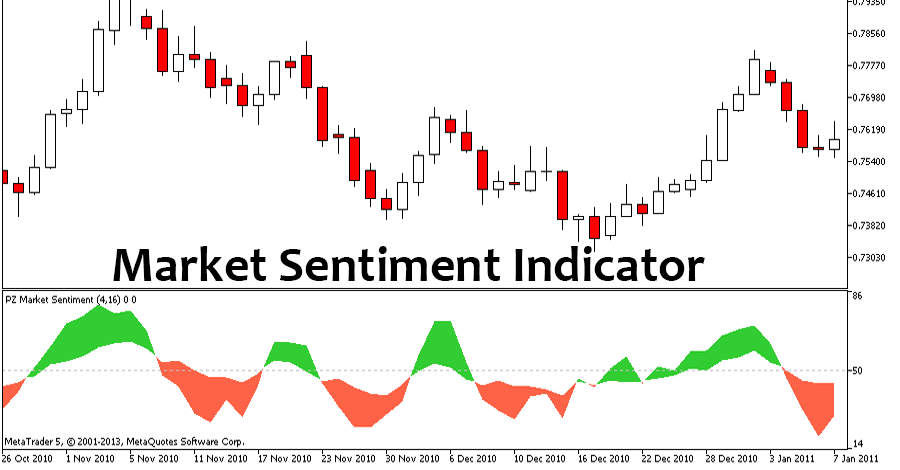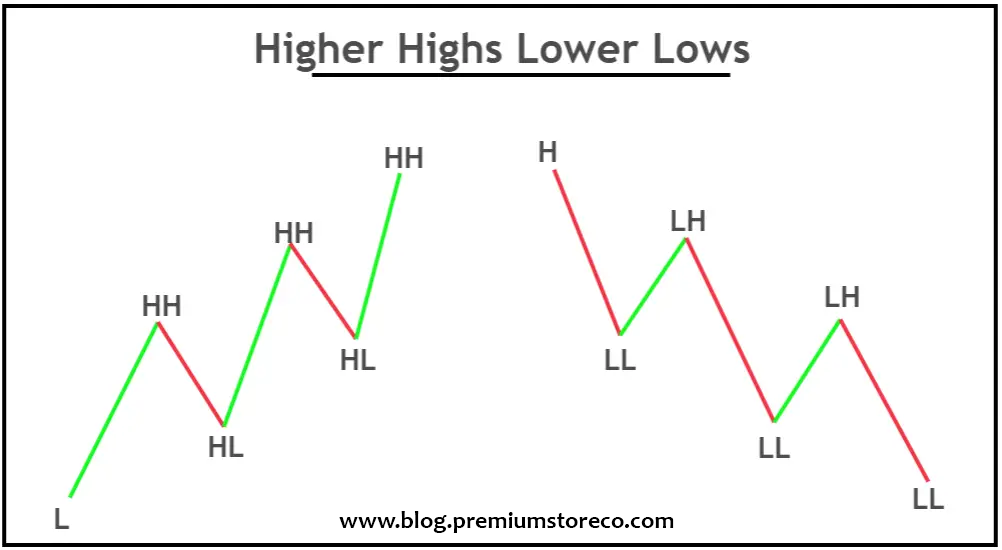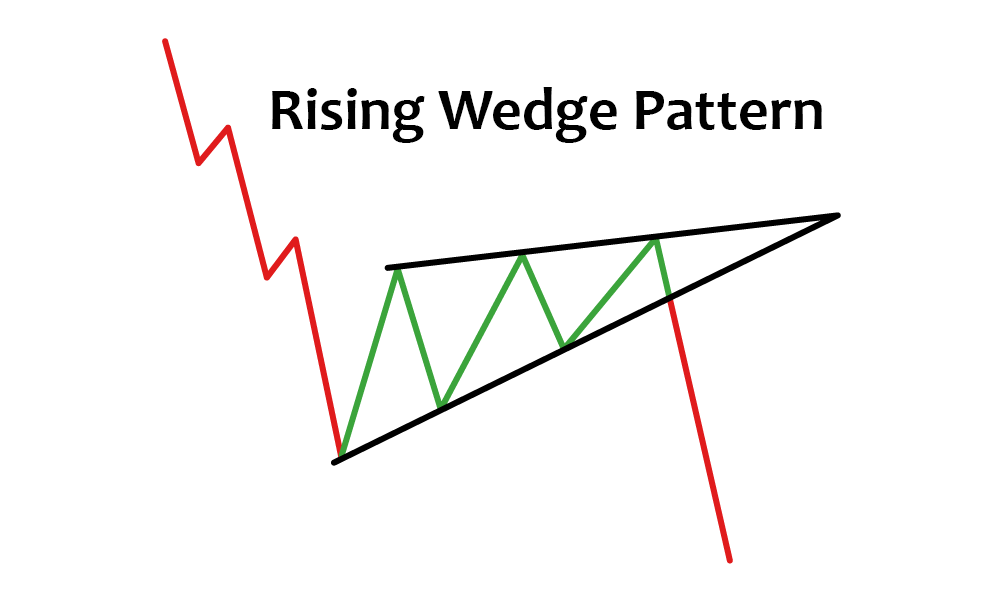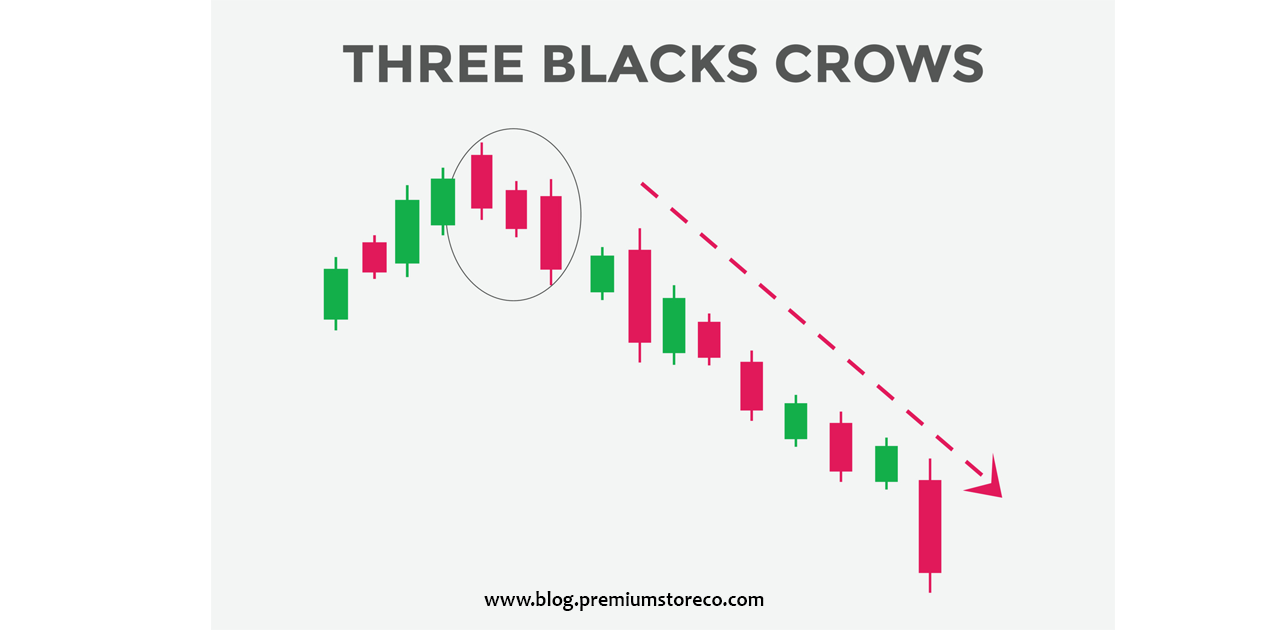Fundamental analysis is an investment strategy that involves analyzing a company’s financial statements, like balance sheet and cash flow statement, to understand its value, not just its stock price. Fundamental analysis helps investors research and analyze companies before making an investment decision. This type of analysis typically focuses on company-specific information such as earnings, cash flows, operational efficiency, and valuation.
Fundamental analysis helps you make more informed decisions when it comes to buying or selling a stock. As an investor, you may have been tempted to buy stocks that have gone up in price — but fundamental analysis can help you determine if the current stock price is actually reasonable. Conversely, without fundamental analysis, you might be inclined to sell stocks that have declined in value — but again, fundamental analysis can help you determine if the current stock price is actually cheap.
Importance of Fundamental Analysis
When it comes to investment decisions, fundamental analysis is an important part of your financial toolkit. It can help you determine the value of a company and whether or not it’s worth investing in. It can also help you determine when to buy or sell, so you don’t overpay for a stock and end up losing money.
If you’re investing in stocks, you need to do some type of fundamental analysis to understand the company you’re investing in. Without it, you’re essentially just gambling. Fundamental analysis can be helpful in a number of ways. First, it can help you determine the value of a company. This can help you decide if it’s worth investing in the company. Second, it can help you determine when to buy or sell a company’s stock. Third, it can help you determine how much risk you are taking on with a particular investment.
Fourth, it can also help you identify potential areas for improvement within a company. Beyond stocks, fundamental analysis is also important when it comes to investing in bonds and other types of securities. With bonds, for example, you’ll need to understand things like the credit quality of the bond issuer and the maturity date of the bond. While the analysis is a bit different, the overall goal is the same — you need to understand what you’re investing in and whether or not it’s a good choice.
Key Takeaways from Fundamental Analysis
Fundamental analysis is an investment strategy that involves analyzing a company’s financial statements, like balance sheet and cash flow statement, to understand its value, not just its stock price.
Fundamental analysis helps investors research and analyze companies before making an investment decision.
This type of analysis typically focuses on company-specific information such as earnings, cash flows, operational efficiency, and valuation. - Fundamental analysis helps you make more informed decisions when it comes to buying or selling a stock.
What is financial analysis?
Financial analysis is the process of examining a company’s financial statements to make investment decisions. It is used in conjunction with other methods of analysis, such as the stock price, the industry, and the outlook for the economy in general.
Financial analysis is done by corporate finance professionals, investment bankers, and institutional investors, as well as individual investors who may be trying to make a decision on whether or not to buy shares in a given company. Financial analysis is made up of three different parts: income statement, cash flow statement, and balance sheet.
The income statement is a record of all the company’s revenues and expenses during a specific period of time, usually a quarter or a calendar year. The cash flow statement is a record of the company’s cash flows throughout the same period. And the balance sheet is a record of the company’s assets and liabilities at a given point in time.
Financial Ratios to Perform Fundamental Analysis
When you perform a fundamental analysis of a company, you examine three key financial statements — the balance sheet, the income statement, and the cash flow statement. You can use the numbers from these financial statements to find a company’s different financial ratios.
There are hundreds of financial ratios that you could use when performing fundamental analysis, but there are a few that are the most important. One of the most common financial ratios that are used for fundamental analysis is the price-to-earnings ratio (PE ratio).
The PE ratio is calculated by taking a company’s stock price and dividing it by its earnings per share (EPS). The PE ratio can give you information about how expensive a company’s stock is relative to its earnings. Typically, the higher the PE ratio, the more expensive the stock is.
How to Find a Company’s Financial Statements?
When you are conducting a financial analysis of a company, the first thing you should do is find the company’s financial statements. The financial statements are the best way to see how a company is doing and to evaluate its health. The financial statements that you want to find are typically on the company’s website.
You should also find the company’s 10-K annual report. This document will show you all of the important details about the company. It will be very helpful in your analysis. All publicly traded companies have to put their financial statements online and report them to the SEC. You can find these financial statements by searching for the company on Google or Yahoo Finance.
Conclusion
Fundamental analysis is an important part of any investor’s toolkit. It can help you determine the value of a company and whether or not it’s worth investing in. It can also help you determine when to buy or sell, so you don’t overpay for a stock and end up losing money. If you’re investing in stocks, you need to do some type of fundamental analysis to understand the company you’re investing in.
Without it, you’re essentially just gambling. Fundamental analysis can be helpful in a number of ways. First, it can help you determine the value of a company. This can help you decide if it’s worth investing in the company. Second, it can help you determine when to buy or sell a company’s stock. Third, it can help you determine how much risk you are taking on with a particular investment. Fourth, it can also help you identify potential areas for improvement within a company.
GENERAL RISK WARNING
NOTE: This article is not investment advice for anyone because online trading could be a high risk for all who lack knowledge & experience. 86% of traders lose money in financial markets. we are not your financial advisors who guarantee your profit at all.
What is fundamental analysis?
Fundamental analysis is an investment strategy that involves analyzing a company’s financial statements, like balance sheet and cash flow statement, to understand its value, not just its stock price.
What types of financial statements are used in the fundamental analysis?
Financial analysis is the process of examining a company’s financial statements to make investment decisions. It is used in conjunction with other methods of analysis, such as the stock price, the industry, and the outlook for the economy in general.
How does fundamental analysis help investors?
Fundamental analysis is an important part of any investor’s toolkit. It can help you determine the value of a company and whether or not it’s worth investing in. It can also help you determine when to buy or sell, so you don’t overpay for a stock and end up losing money.
What are the benefits of fundamental analysis?
First, it can help you determine the value of a company. This can help you decide if it’s worth investing in the company. Second, it can help you determine when to buy or sell a company’s stock.










